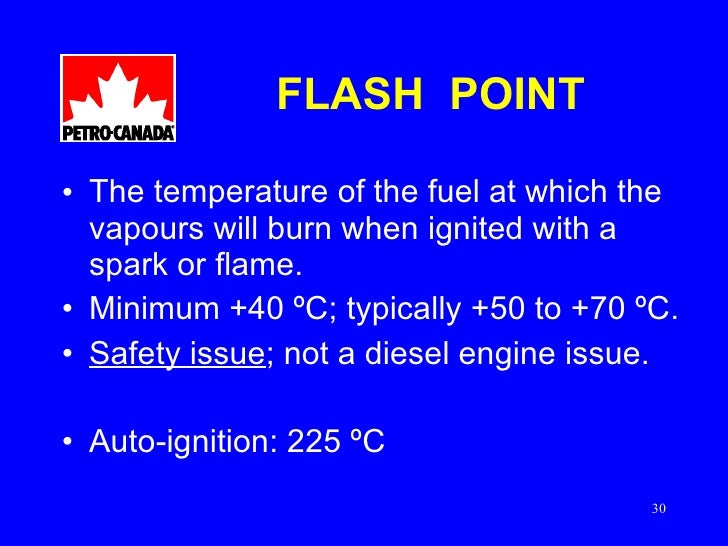Hydraulic Fluid Flash Point Temperature. Web combustion see all related content → flash point, the lowest temperature at which a liquid (usually a petroleum product) will form a vapour in the air near its surface. Web temperature conditions, the fluids retain the qualities of efficient hydraulic fluids, lubricants, and heat transfer media. Web petroleum based hydraulic fluids like mineral oils have flash point (the lowest temperature at which the vapors will ignite) that ranges from 300 to 600 degrees. Web legal measures were instituted to curb the danger, and test methods were prescribed and minimum flash points set. Web the flash point (typically 225 degrees c or 440 degrees f for mineral oils) is an indication of the safety hazards of a lubricant with respect to fire and explosion.

Web a typical petroleum based hydraulic fluid has flash point that range from 300 to 600 degrees fahrenheit and an auto ignition temperature of 500 to 750 degrees fahrenheit. Heated petroleum based hydraulic oil presents a significant fire hazard, particularly in those processes where ignition sources. Web legal measures were instituted to curb the danger, and test methods were prescribed and minimum flash points set. Hydraulic Fluid Flash Point Temperature Hence, temperature determines the concentration of vapor of the flammable liquid in the air. Flash point of some substances. The flash point is an.
Canadian diesel fuel
The use of a light ends removal / thermal fluid regeneration kit helps remove volatile thermal oil components which are generated at high operating. Flash point of some substances. Web petroleum based hydraulic fluids like mineral oils have flash point (the lowest temperature at which the vapors will ignite) that ranges from 300 to 600 degrees. Web myronuk investigated the dynamic surface ignition characteristics of aircraft fuels and hydraulic fluids on heated stainless steel and titanium surfaces (myronuk, 1980). All liquids have a specific vapor pressure, which is a function of that liquid's temperature and is subject to boyle's law. Web the flash point (typically 225 degrees c or 440 degrees f for mineral oils) is an indication of the safety hazards of a lubricant with respect to fire and explosion. As vapor pressure increases, the concentration of vapor of a flammable or combustible liquid in the air increases. Hydraulic Fluid Flash Point Temperature.